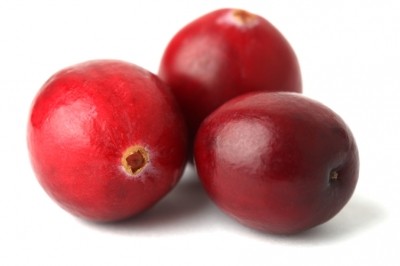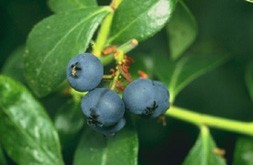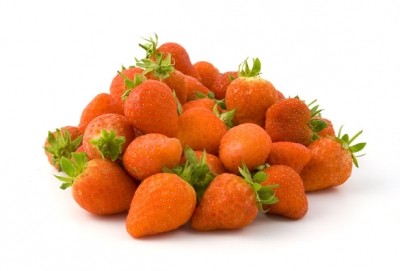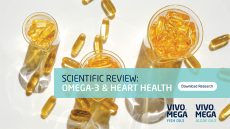Berry compounds may improve blood pressure: Harvard study
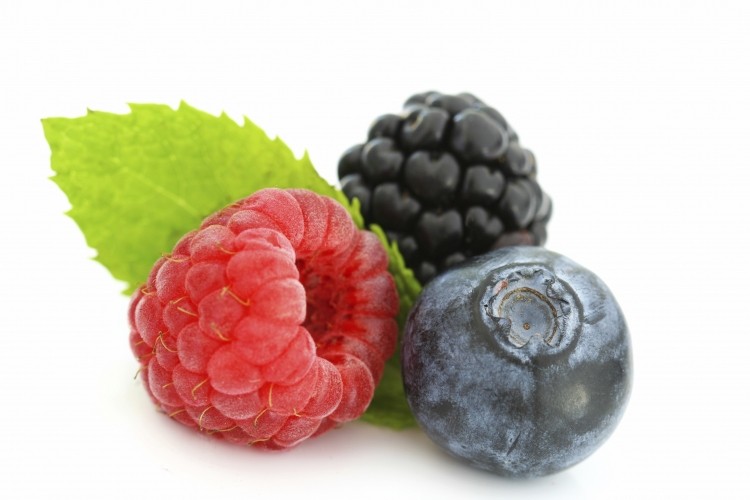
Increased intakes of anthocyanins – mainly from blueberries and strawberries – were associated with a reduction in the risk of high blood pressure (hypertension) of up to 12 percent, according to a collaboration between scientists from the University of East Anglia (UK), Harvard School of Public Health, and Harvard Medical School.
High blood pressure (hypertension),defined as having a systolic and diastolic blood pressure (BP) greater than 140 and 90 mmHg, is a major risk factor for cardiovascular disease (CVD) - a disease that causes almost 50 per cent of deaths in Europe, and reported to cost the EU economy an estimated €169bn ($202bn) per year.
The results are derived from data from over 150,000 health care professionals in the US. The study is observational in nature, and the researchers stress that this does not prove that the compounds do reduce the risk of hypertension: The data does not prove causation.
“These findings warrant further investigation, including intervention studies designed to test optimal doses of anthocyanin rich foods for the prevention of hypertension and to underpin guidelines for the prevention and treatment of hypertension,” write the researchers in the American Journal of Clinical Nutrition.
Study details
Led by Harvard’s Eric Rimm, the researchers analyzed data from 133,914 women and 23,043 men. Intakes of flavonoids and the various subclasses were calculated using food frequency questionnaires performed every four years. Subjects were followed for an average of 14 years, during which time a total of 5629 and 29,018 cases of hypertension were documented in men and women, respectively.
After crunching the numbers, the researchers found that the highest average intakes of anthocyanins (ranging from 16.2 to 21.0 milligrams per day) were associated with an 8 percent decrease in the risk of hypertension, while the benefits increased to a 12 percent reduction in risk when the analysis was limited to people over the age of 60, compared with the lowest average intakes, which ranged from 5.7 to 6.8.
No other subclasses of flavonoids were associated with hypertension, but the researchers did note that the compound apigenin was associated with a 5 percent reduction in risk, when comparing the highest with the lowest average intakes. Moreover, a 6 percent reduction in hypertension risk was observed for people over 60 with the highest average intakes of flavan-3-ol catechin, they added.
In terms of the whole foods, a significant 10 percent reduction in the risk of hypertension was observed in over 60 year old consuming more than one serving of blueberries per week, compared with people in the same age group consuming no blueberries.
“These data support the hypothesis that the antihypertensive bioactivity may be relevant to vasodilatory processes associated with specific flavonoid structural characteristics,” wrote Dr Rimm and his co-workers.
Structure is key
Dr Rimm and his co-workers said that there exist a huge variety of flavonoid structures, and that the potential blood pressure-lowering effects were likely to be limited to a small number of “structurally similar compounds such as the catechol and 4’ hydroxy flavonoids”.
“Our data suggested that several specific classes of flavonoids were associated with blood pressure reduction, specifically anthocyanins, which resulted in a 12 percent reduction in hypertension risk in multivariate analyses,” wrote the researchers. “These data are important because anthocyanins are present in commonly consumed fruit, such as blueberries, cranberries, and strawberries, which can be readily incorporated into the diet,” they added.
Commenting on average portions in the diet, Rimm and his co-workers noted that and average portion of blood orange juice, blackcurrants, or blueberries contains in excess of 500 milligrams of anthocyanins.
“The underlying biological mechanisms by which flavonoids regulate blood pressure include the effects of flavonoids on vascular blood flow, vascular reactivity, and glucose uptake,” wrote the researchers. “Growing mechanistic evidence suggests that endothelial NO regulation rather than a general antioxidant effect (ie, direct radical scavenging) is a major target for these compounds, and emerging data suggests that eNOS and NADPH oxidase activity are crucial sites of action for many flavonoids,” they added.
Source: American Journal of Clinical Nutrition
2011, Volume 93, Pages 338-347,
"Habitual intake of flavonoid subclasses and incident hypertension in adults”
Authors : A. Cassidy, E.J. O’Reilly, C. Kay, L. Sampson, M. Franz, J.P. Forman, G. Curhan, E.B. Rimm
